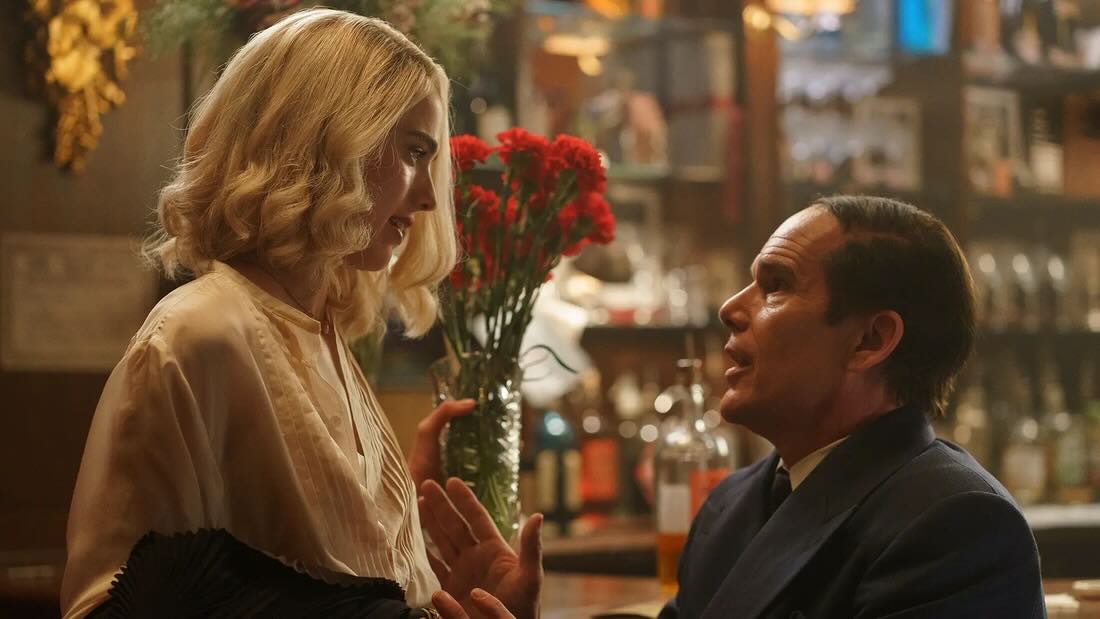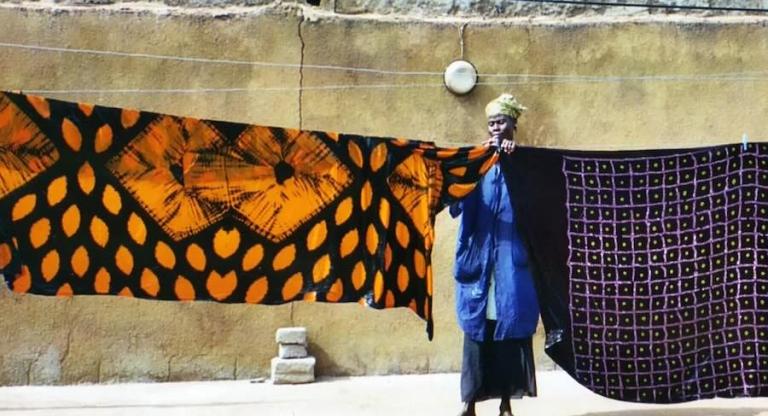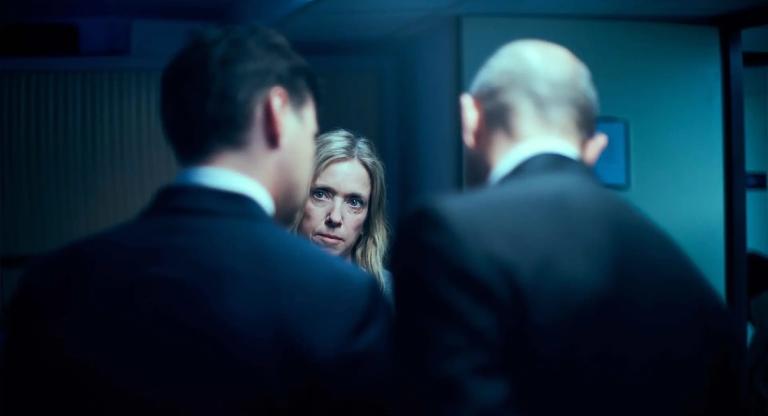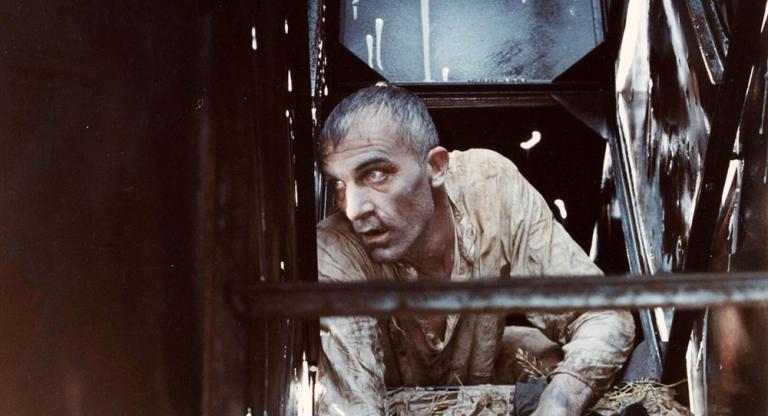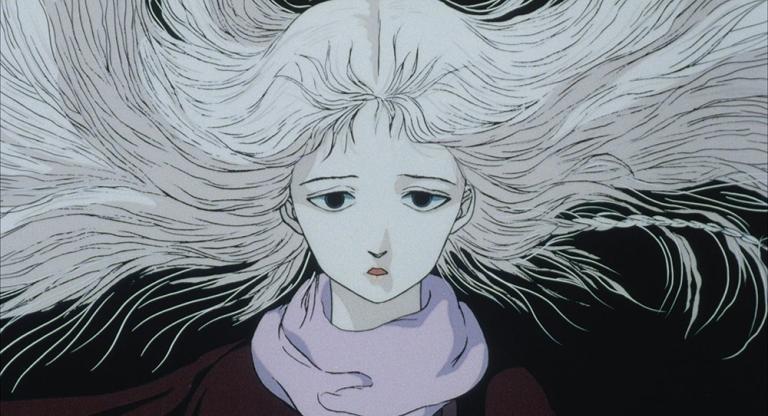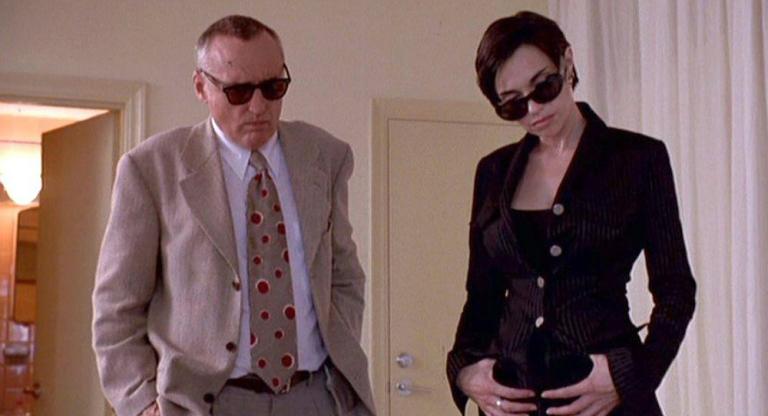Richard Linklater’s earliest features, Slacker (1990) and Dazed and Confused (1993), married the laid back nature of 70s hang-out cinema with the angst of Gen-X, and his latter career heavily mined recollections of his own life, resulting in sweeping, generation defying (or defining) projects like Boyhood (2014) and Apollo 10 ½ (2022). Somewhere in the middle, Linklater discovered a fondness for the biopic: after 1998’s rousing prohibition-era crime drama, The Newton Boys, Linklater continued pulling interesting subjects out of the margins of American pop-culture, like Bernie Tiede of the eponymous Bernie (2011), or teenage actor Arthur Anderson (changed to Robert Samuels for the film) and his relationship to Orson Welles in Me & Orson Welles (2008).
Flash forward to 2025 and we have two Richard Linklater films on the festival circuit, both biopics in their own interesting way. Blue Moon concerns famed American songwriters Rogers and Hart (played in the film by Ethan Hawke and Andrew Scott, respectively); Nouvelle Vague chronicles the making of Breathless (1960) and the relationship of French auteur Jean-Luc Godard and American actress Jean Seberg. Though it may seem a rarity to have two films premiere in the same calendar year, this isn’t a first for Linklater. He most recently saw this nearly twenty years ago, in 2006, when his Philip K. Dick adaptation, A Scanner Darkly, premiered months apart from his adaptation of the non-fiction expose Fast Food Nation. But the pairing of Nouvelle Vague and Blue Moon is more similar to his twofer in 2001, with the philosophical rotoscope animation project Waking Life up against the somber chamber drama Tape. Blue Moon, like Tape, unfolds in one set, Sardi’s bar as Hart comes to terms with Rogers’ success after their professional split, while Nouvelle Vague finds Linklater playing with form yet again, turning in a decidedly concept-forward feature, shot in 1.37 black-and-white and nearly entirely in French.
What’s most interesting about these two films releasing in such close proximity, and screening at the same festivals before then, is how they approach the portrayal of the male artists at their center. Both Lorenz Hart and Jean-Luc Godard are passionate, egotistical creators who have shunned collaboration at one point or another. Linklater, rather wisely, allows for an objectivity here that is less adulatory of these artists than it is interested in what makes them tick and how their creative process unfolds, whether we are watching it manifest over weeks of time, as is with the case of the production of Breathless seen in Nouvelle Vague, or the one night rantings born of a tumultuous career, as in Blue Moon. In any case, both films are evidence of a filmmaker that has forged his own path for three decades, laying his interests bare for the world to see which is, amongs other things, rather refreshing.
